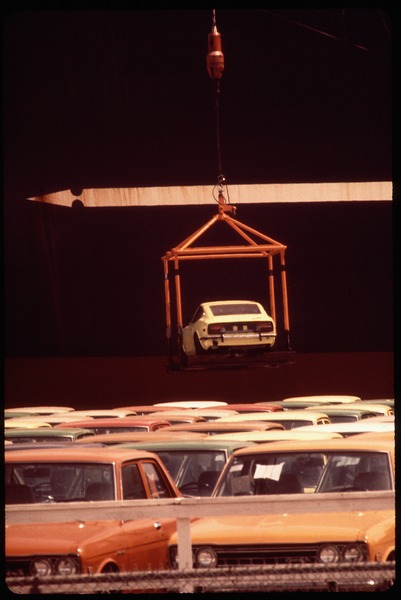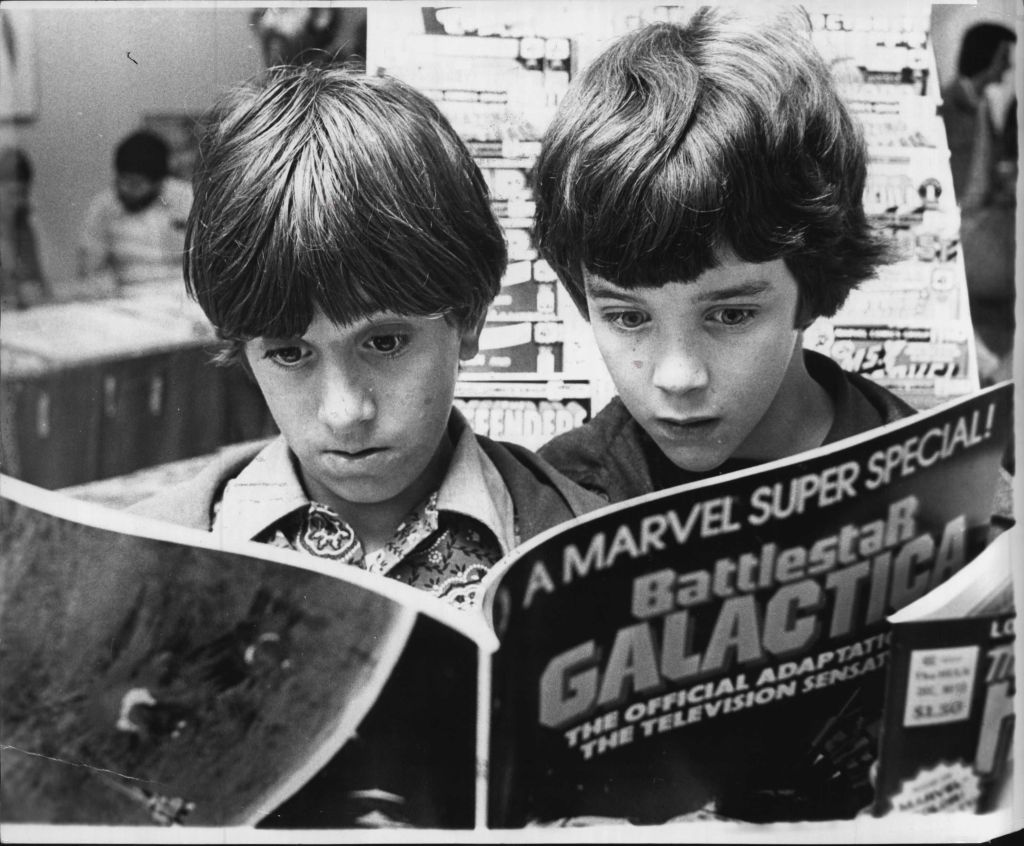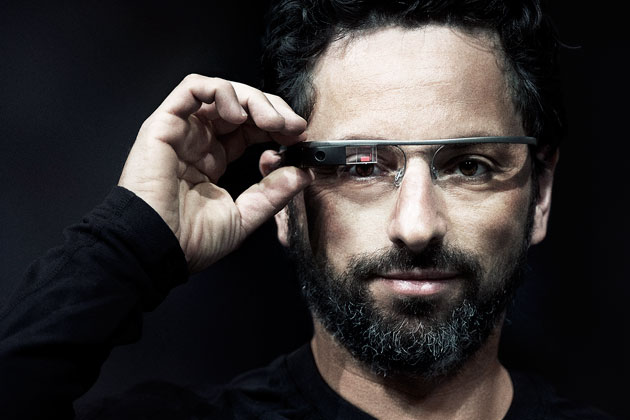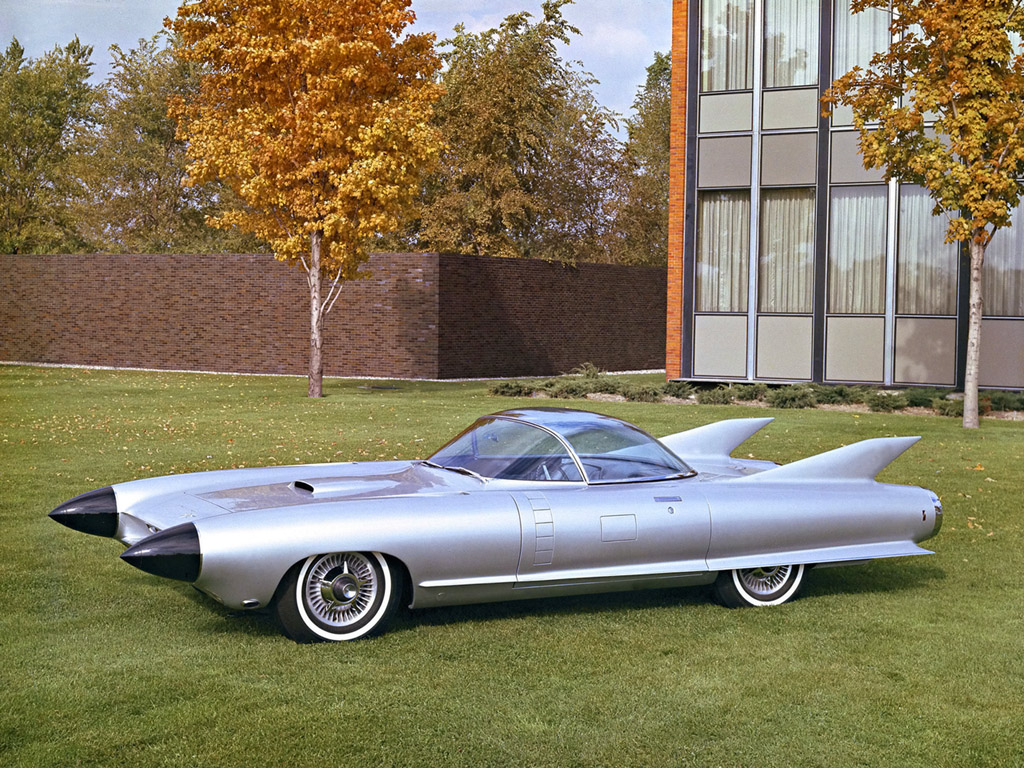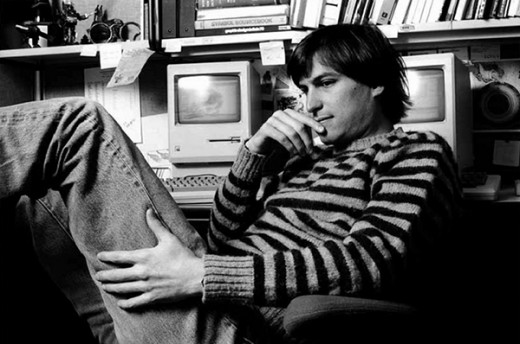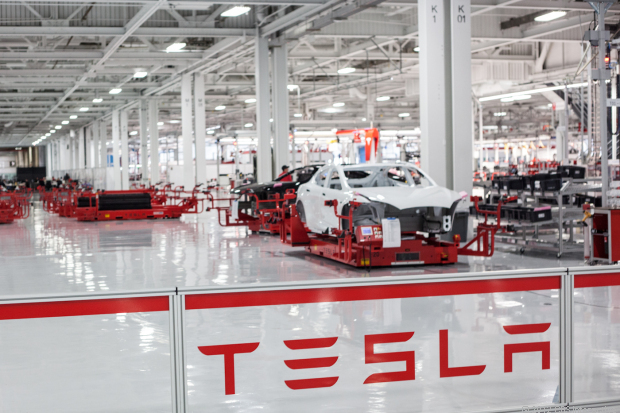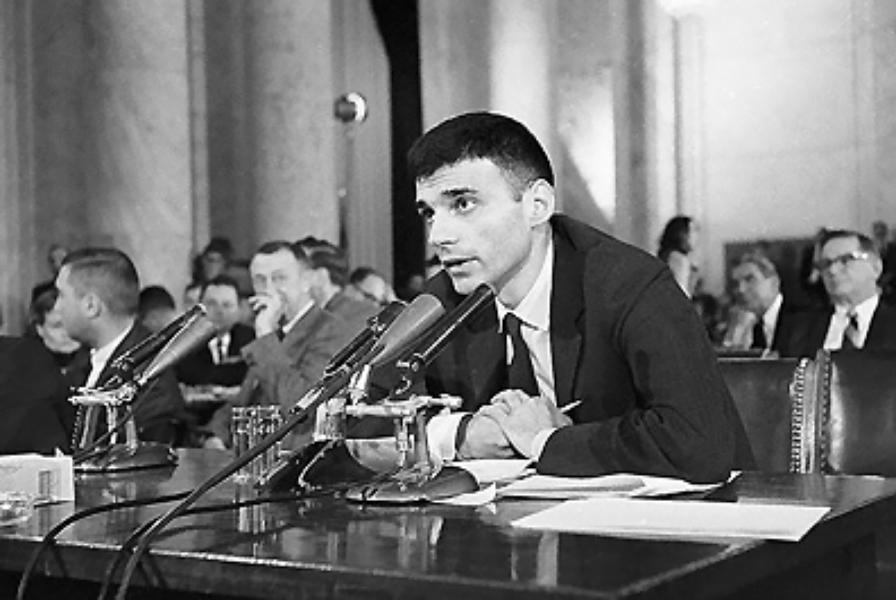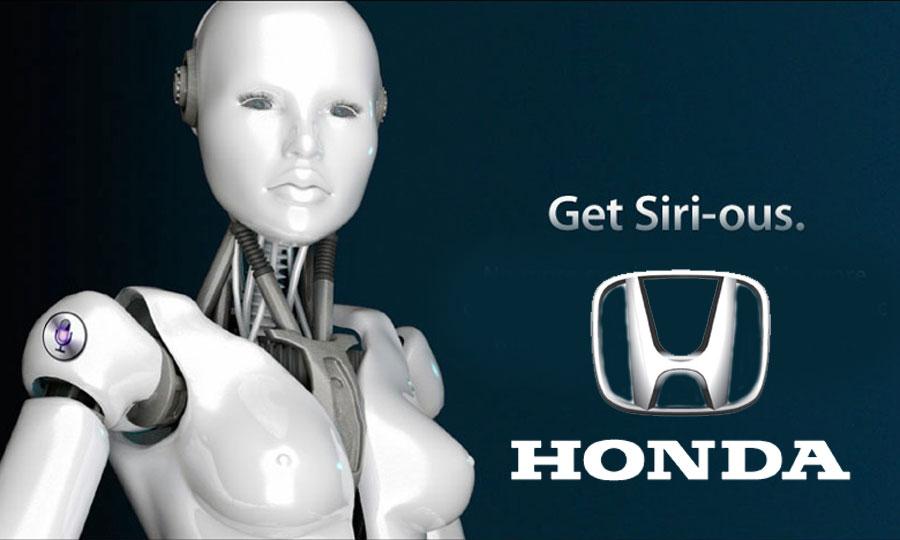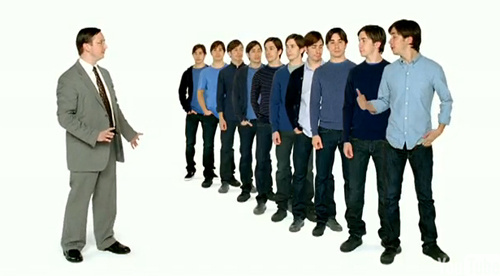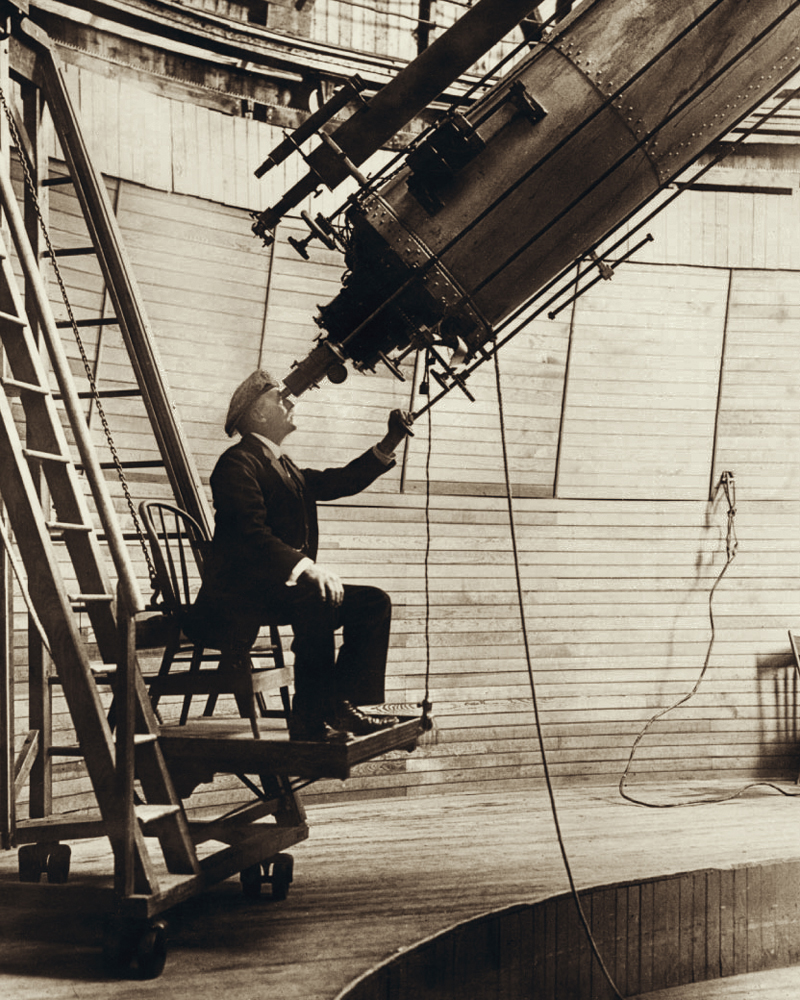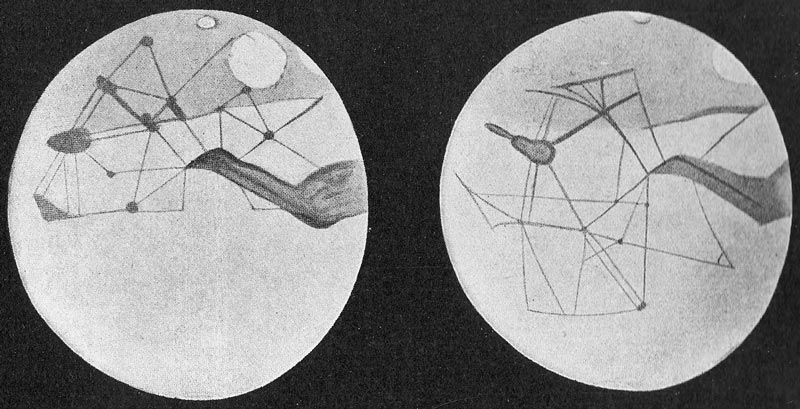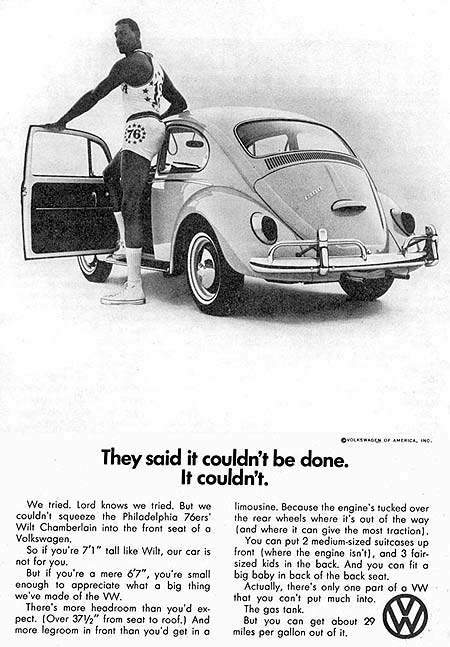Alan Weisman’s 2007 thought-experiment, The World Without Us, isn’t just one of my favorite books of the past decade but one of my favorite books, period. His soon-to-be published follow-up, Countdown, concerns world population, which still is booming. We’ve heard before of population bombs that never detonated, but Weisman has run the numbers and is not pleased. From Kenneth R. Weiss’ Los Angles Times interview with the journalist:
“‘Our numbers have reached a point where we’ve essentially redefined the concept of original sin,’ Weisman writes. ‘From the instant we’re born, even the humblest among us compounds the world’s mounting problems by needing food, firewood, and a roof, for starters. Literally and figuratively, we’re all exhaling CO2 and pushing other species over the edge.’
The theme of the book focuses mostly on the ecological question, how many people can Earth support without capsizing? It’s not a new pursuit, of course. Scholars dating to Tertullian, in 2nd century Carthage, have written about a teeming population being ‘burdensome’ to the world.
Weisman sets out to define an ‘optimum population’ for a sustainable Earth, one that balances the overall human numbers with how much each person consumes. As far as per capita consumption is concerned, he proposes a European lifestyle as something that would be widely acceptable but not something as energy-intensive as living in the United States or as difficult as living in much of Africa and Asia.
He doesn’t specify an optimum target population, although he sketches some 20-year-old calculations by Stanford biologist Paul Ehrlich and colleagues that set the number at 2 billion or so. Instead, Weisman argues that we should get on a path of reducing our numbers or suffer the fate of the profusion of deer on Arizona’s Kaibab Plateau north of the Grand Canyon that starved to death in the 1920s.
‘Like Kaibab deer, every species in the history of biology that outgrows its resource base suffers a population crash — a crash sometimes fatal to the entire species,’ Weisman writes. ‘…Inevitably –- and, we must hope, humanely and nonviolently — that means gradually bringing our numbers down. The alternative is letting nature –- the new nature we’ve inadvertently created in our own image –- do that for us.'”




